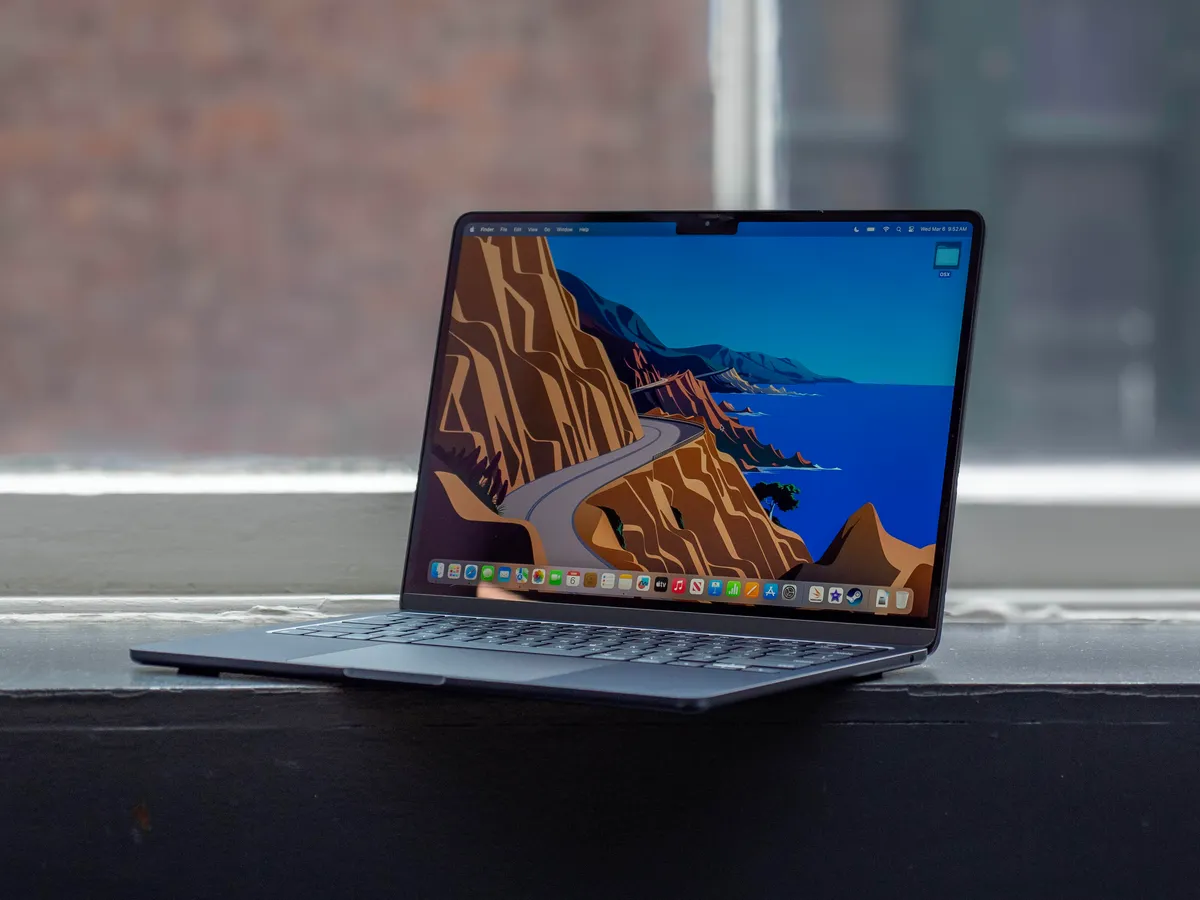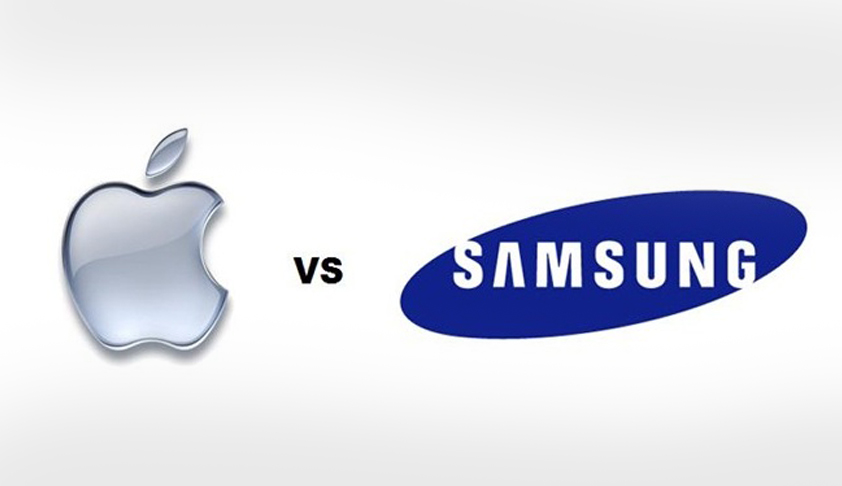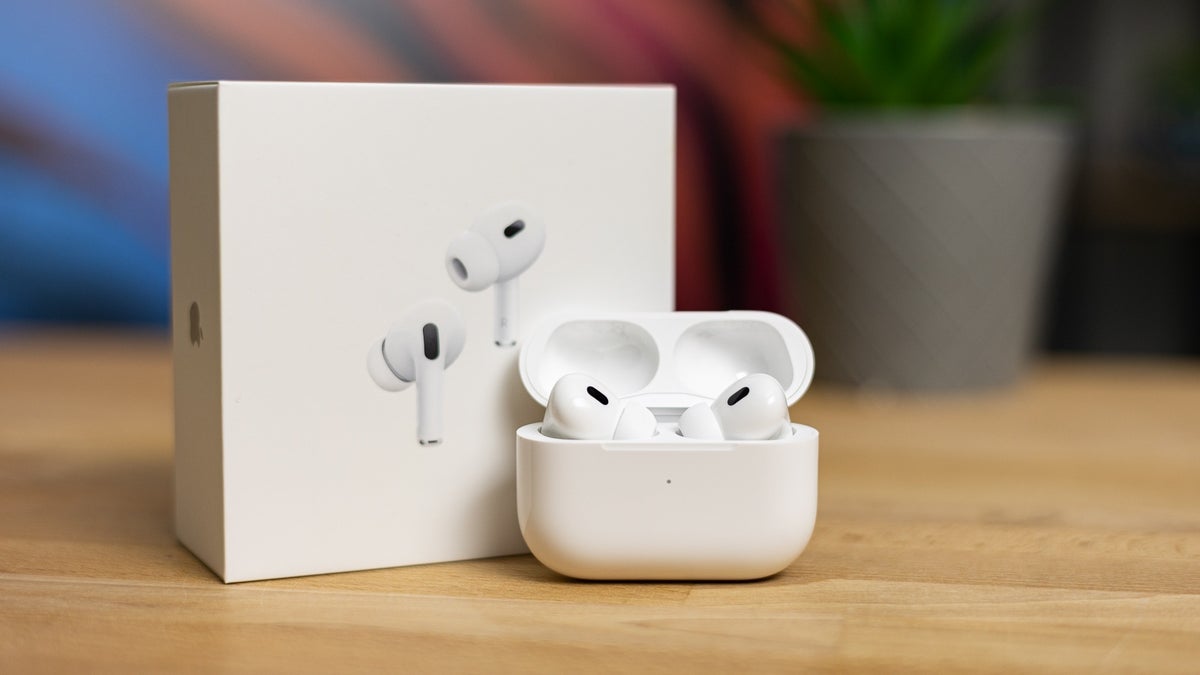As reported by Bloomberg’s Mark Gurman, Apple is expected to release iOS 18.4 in April. While the beta testing phase hasn’t begun yet, a few exciting updates are rumored to be part of the new version.
Big Updates to Siri
iOS 18.4 may introduce significant improvements to Siri, marking a new step forward with Apple Intelligence. Three key upgrades are expected:
- Personal Context: Siri will better understand your preferences and habits.
- On-Screen Awareness: It will respond more effectively to what’s displayed on your device.
- App Integration: Siri could interact with apps in smarter ways to perform tasks for you.
These changes aim to make Siri more personalized and intuitive.
Expanded Language Support
When iOS 18.2 launched, Apple hinted at adding new language options for Apple Intelligence in 2025. With the April update, the list may grow to include languages like Chinese, French, German, Japanese, Korean, and more. English variants for regions such as India and Singapore are also part of the plan. Additional languages will roll out throughout the year.
New Emoji Additions
As in previous spring updates, Apple is likely to introduce new emojis with iOS 18.4. The Unicode Consortium has already revealed this year’s batch, which includes:
- Fingerprint
- Face with bags under eyes
- Harp
- Root vegetable
- Leafless tree
- Splatter
- Shovel
These emojis will enhance communication with more creative options. While Apple hasn’t officially confirmed these updates, the anticipated features hint at a more dynamic and user-friendly experience with iOS 18.4. Stay tuned for more details as the release approaches!





